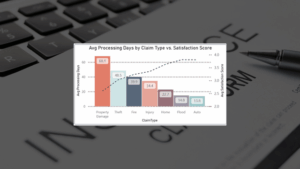AI has the potential to revolutionize how businesses operate, compete, and grow. But without high-quality, well-structured data, even the most promising AI initiatives can fail. At LeapFrogBI, we help organizations build the data foundation that turns AI potential into real-world performance.
❌ Inaccurate Predictions from Dirty Data
Poor data quality—like duplicates, missing values, or incorrect entries—leads AI models to learn the wrong patterns, resulting in unreliable outputs.
❌ Misaligned Data Structures
When data from different systems doesn’t follow a consistent format, AI models struggle to interpret it, reducing accuracy and increasing complexity.
❌ Siloed Data Sources
AI needs a holistic view. If data is trapped in disconnected systems, models miss critical context and produce incomplete insights.
❌ Lack of Timeliness
Outdated data can cause AI to make decisions based on conditions that no longer exist—especially harmful in fast-moving industries like finance or healthcare.
❌ Unlabeled or Poorly Labeled Data
Supervised learning models rely on labeled data. Without it, training becomes inefficient or impossible, and results are often meaningless.
❌ Bias in Training Data
If historical data reflects biased decisions or lacks diversity, AI will replicate and even amplify those biases in its predictions.
❌ Incomplete Feature Sets
Missing key variables (features) limits the model’s ability to understand relationships, leading to oversimplified or misleading results.
❌ Conflicting Data Definitions
Different departments may define the same metric differently (e.g., “revenue”), causing confusion and inconsistent model behavior.
❌ Lack of Governance and Lineage
Without clear data ownership and traceability, it’s hard to trust the data feeding AI—especially in regulated industries.
❌ Overfitting Due to Small or Noisy Datasets
AI models trained on small or noisy datasets may perform well in testing but fail in real-world scenarios due to lack of generalization.








